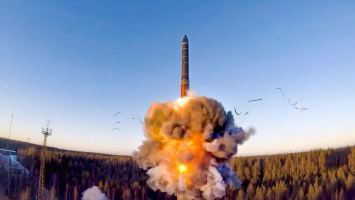Top 10 Fascinating Facts About Nuclear Submarines
As soon as the potential of nuclear power became apparent, suggestions for its optimum use began to emerge from every sector. Nuclear subs were an early ... read more...concept, however obviously we ended up with nuclear power and nuclear weapons. They were first proposed in 1939. Reactor development got underway in the middle of the 1940s, and the USS Nautilus, the world's first nuclear submarine, was put into service in 1954. Nuclear submarines have a lot more to offer than just a lot of power.
-
A nuclear submarine sounds intimidating because of its large crew, arsenal of missiles, and nuclear weapons. Yet how resilient are they? What can they withstand? Evidently not your typical shark. These sharks are quite little. How little? They're also known as "cigar sharks" on occasion.
Males will never grow longer than a foot and a half. However, they are renowned for their bite. Their unusually rounded lips, which can cut circles out of their prey's body, give them the nickname "cookiecutter." In addition, they have the ability to cut circles from the electrical wires and rubber sonar domes present on nuclear submarines.
Nuclear submarines have been so badly damaged by cookie-cutter sharks that they have been practically rendered blind, forcing them to return to shipyards for repairs. The good news is that this issue arose in the 1970s, and it appears that later subs were altered to make them less appetizing to sharks.
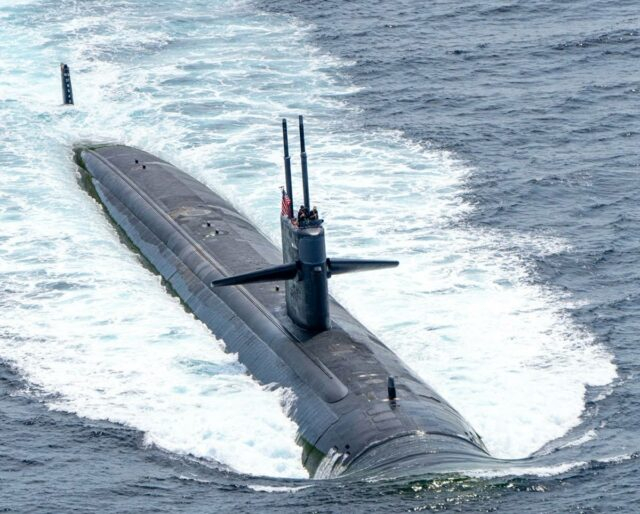
https://www.google.com/ 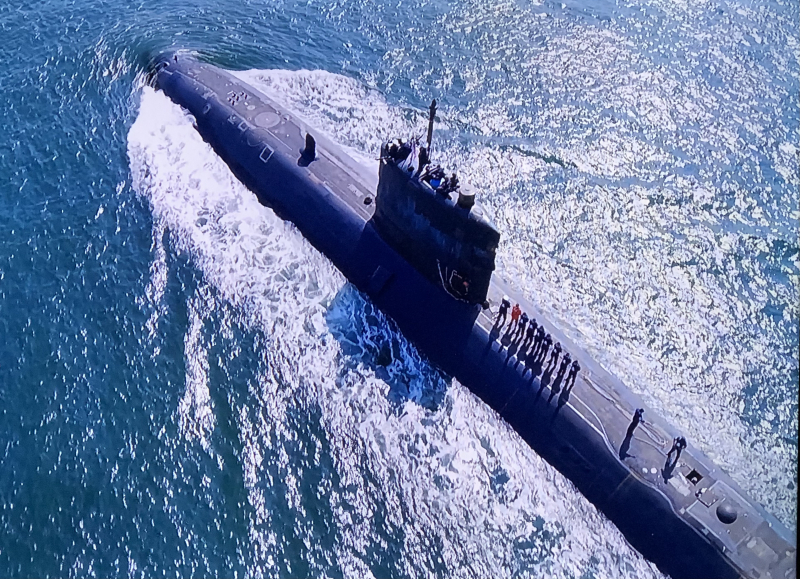
https://www.google.com/ -
Nuclear submarine production numbers since the 1950s have been revealed, and while they are significant, they are not astounding. It's not like they can't avoid one another because the oceans are so congested with them. They do, however, find it difficult to avoid one another. It got to the point in 2009 where two of them actually collided.
Such a collision can be seen as a success on the one hand. It indicates that the subs are so well built and stealthy that they are practically undetectable under the water. Le Triomphant, a French ship, and Britain's HMS Vanguard collided. None of the crew members of either vessel were hurt because it was moving at a slow speed. However, given that these were two nuclear ships and that the Vanguard had 48 nuclear warheads on board, it did cause a lot of people to become tense. Everyone was nervous because they were worried that a catastrophic nuclear explosion may happen.
So how did the mishap occur? Never was it completely explained. Both subs may have spotted each other if they had been using active sonar, but since subs won't use sonar when hiding their location, it appears to be merely a remarkable coincidence.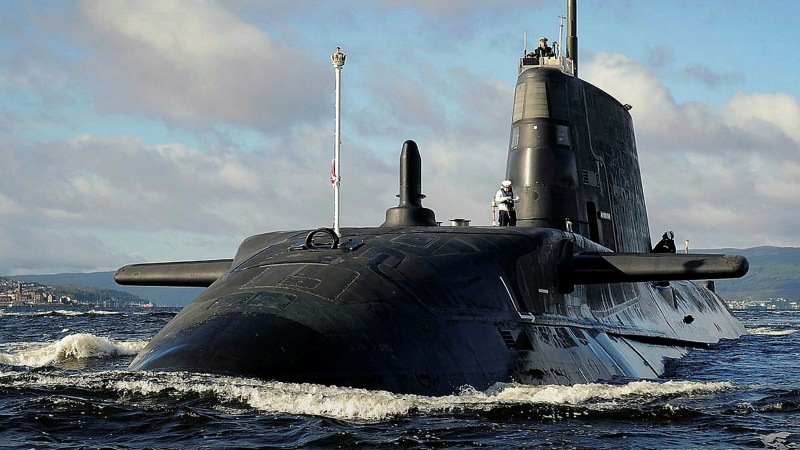
https://www.google.com/ 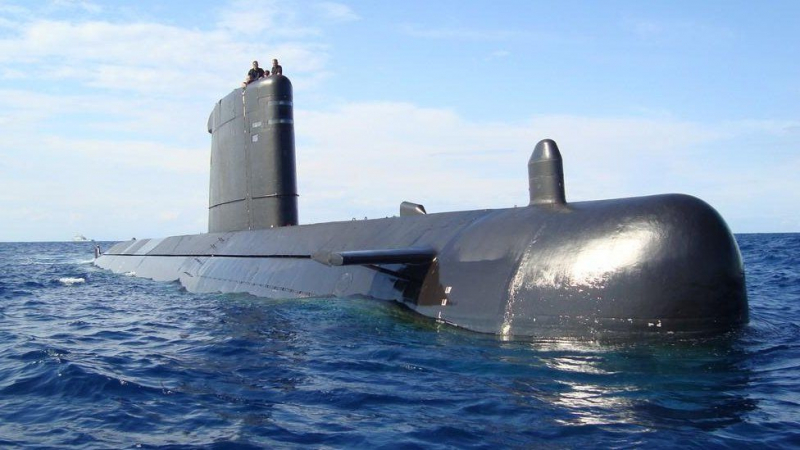
https://www.google.com/ -
Nuclear power or nuclear weapons are the first things that come to mind when you hear the word "nuclear." Both of those are notorious for their horrifying strength. Chernobyl or Hiroshima don't need to be mentioned twice in order for someone to understand exactly what it means. When you consider that submarines were some of the most significant naval ships of the Second World War, it only makes sense that a nuclear sub would be a destructive tour de force.
In WWII, US submarines sank 1,314 hostile ships. Over 3,000 Allied ships were destroyed by U-boats. How many ships has the nuclear navy destroyed? Two. two ships. And just one while engaged in official battle. The first was a Pakistani submarine that sank an Indian ship in 1971. Then, in 1982, an Argentinian cruiser was sunk by a UK submarine during that country's invasion of the Falkland Islands. And as of right now, that is the extent of their maritime military power.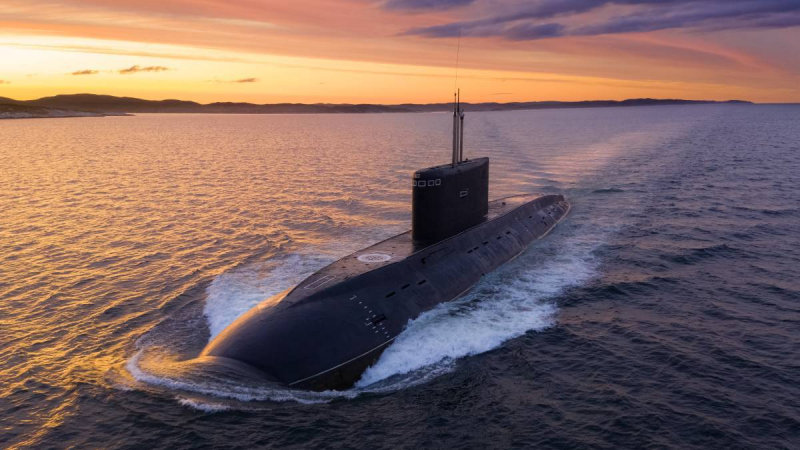
https://www.google.com/ 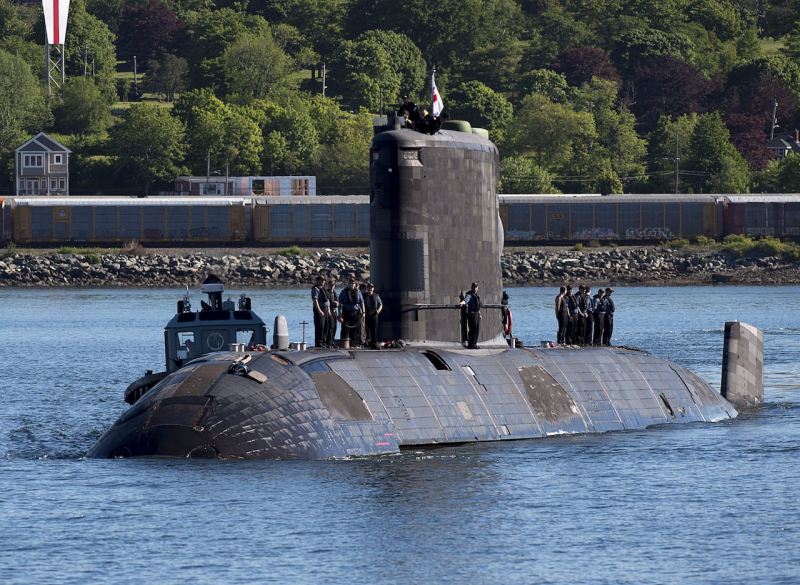
https://www.google.com/ -
The majority of us undoubtedly have an image of a submarine in our minds. Even if you are unsure of how long or wide one is, you have a general concept of its size and shape. They do, however, come in a range of sizes. A sub of the Virginia class is 377 feet long. A Block V sub is 460 feet long. The 574-foot-long Russian Typhoon-class submarines. These can obviously be big boats. But how does the opposite end of the scale operate?
At 130 feet, the NR-1 was the smallest nuclear submarine. It was designed to be a spy ship that could access Russian communications cables when it was launched in 1969. Additionally, it was intended to descend to 2,300 feet, which at the time was a significant depth. As a result, the hull had to be created almost precisely round, with almost any tolerance for measuring error exceeding one millimeter.
There wasn't much room in the NR-1 for supplies or air because space was needed for the crew and the propulsion system. The crew had to burn chlorate candles to provide oxygen on board. These were iron and sodium chlorate canisters. This sparked a chemical process that resulted in the production of table salt, rust, and oxygen.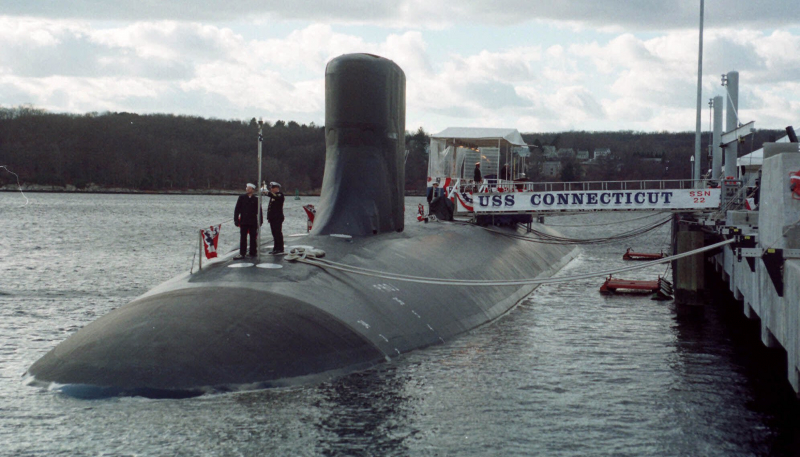
https://www.google.com/ 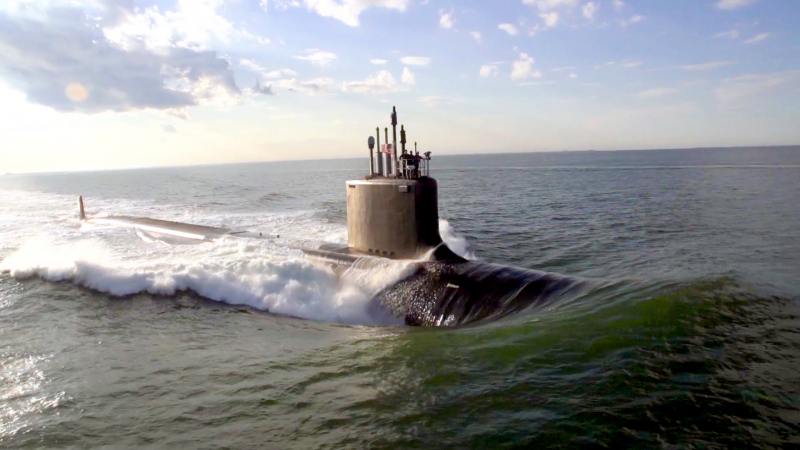
https://www.google.com/ -
Given how expensive they can be, it may come as a surprise that, so many have been constructed over the years. The US fleet includes more than 160 nuclear-powered ships that are fueled by more than 200 reactors. And 68 of them are submarines. Of course, the US is not the only country on the oceans.
China presently possesses 12 nuclear submarines, compared to Russia's 29, the UK's 11, France's 8, India's 1, and Australia's impending acquisition of some. Two American and seven Soviet/Russian submarines have been sunk over the years, typically as a consequence of accidents. Others have also been decommissioned in large numbers.
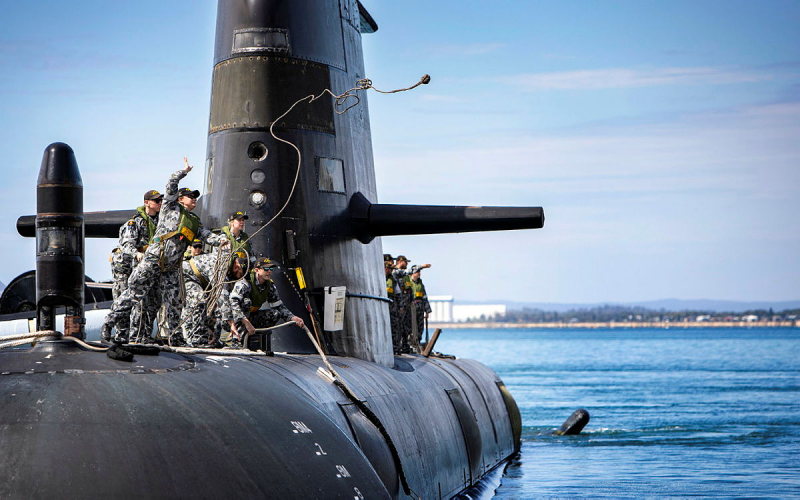
https://www.google.com/ 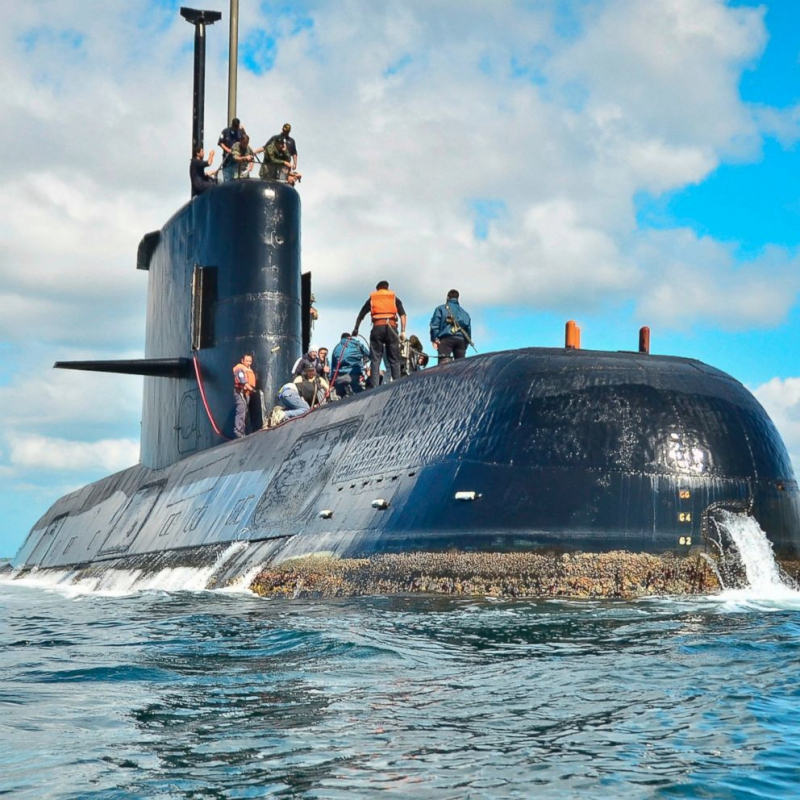
https://www.google.com/ -
Everyone is familiar with the tale of the Titanic and its tragic voyage in 1912, which ended in an unforeseen collision with an iceberg. The tale was intriguing when it first occurred and has remained so for more than a century. When a team commanded by Naval officer Robert Ballard found the Titanic's wreckage on the ocean below in 1985, the story really reached its zenith.
It was a great thing that it was found again after nearly three quarters of a century of being lost. It was difficult to locate because it was 12,000 feet under the water. But when they did locate it, it was the first time that the fact that the ship had actually split in two as it sank was well known.
Nobody knew at the time, and we wouldn't find out for many years, that the expedition to find the Titanic had been a hoax. Actually, it was a mission to find two nuclear submarines that had sunk. The military made up the Titanic narrative as a smokescreen so that nobody would know—especially the Russians—that the remnants of the two subs were being examined to see how their armaments and power supplies were faring in that environment.
Ironically, the research was completed with 12 days to spare, so the team chose to utilize the extra time to actually hunt for the Titanic. They were successful in doing so, which served as the ideal cover for the actual mission.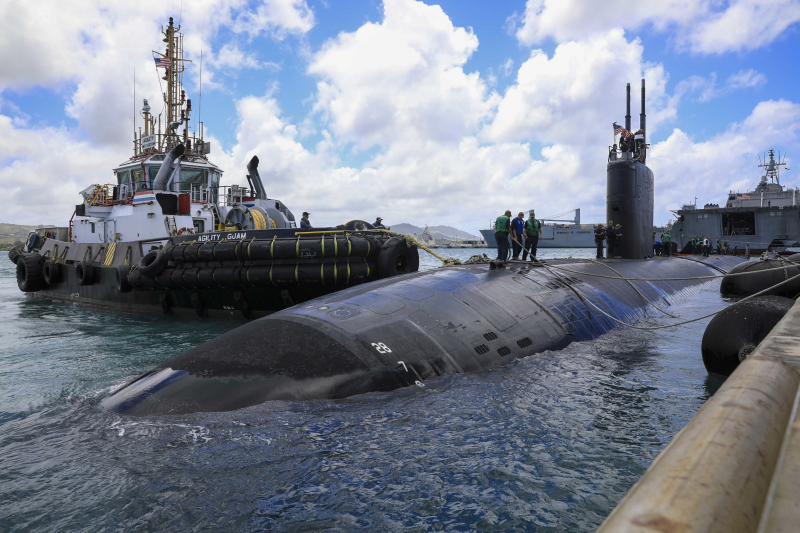
https://www.google.com/ 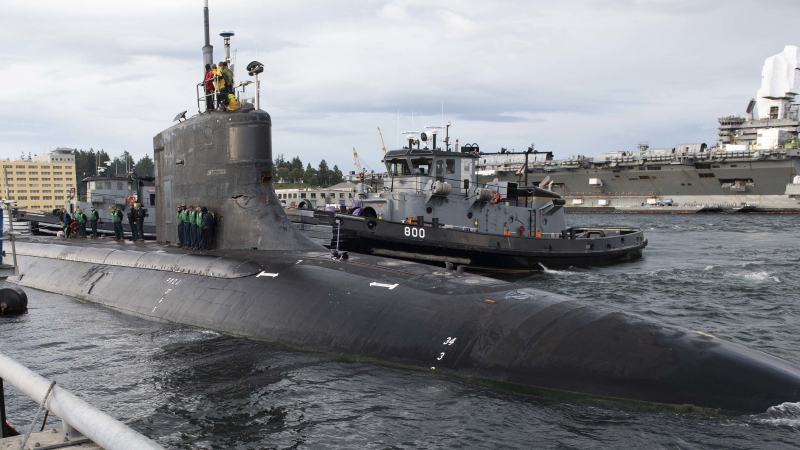
https://www.google.com/ -
We are aware that everything the government, and especially the military, constructs will be expensive. Nobody produces tanks and aircraft under a budget brand. However, what is a nuclear submarine used for today? Could you possibly save money for it? Depending on whether you're Elon Musk or not.
A Virginia class submarine, which has been operational since 2004, will cost about $3.45 billion in 2021. That sum of money is enormous.
The US government spent about $46 billion developing nuclear submarine propulsion during the Cold War, and an additional $220 billion was needed to build the submarines. Since it spans a period of roughly 40 years, it is challenging to account for inflation; yet, even if you start with 1991, you are still looking at a total of more than $500 billion.
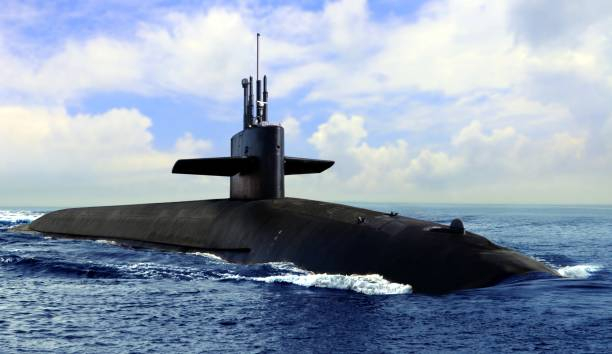
https://www.google.com/ 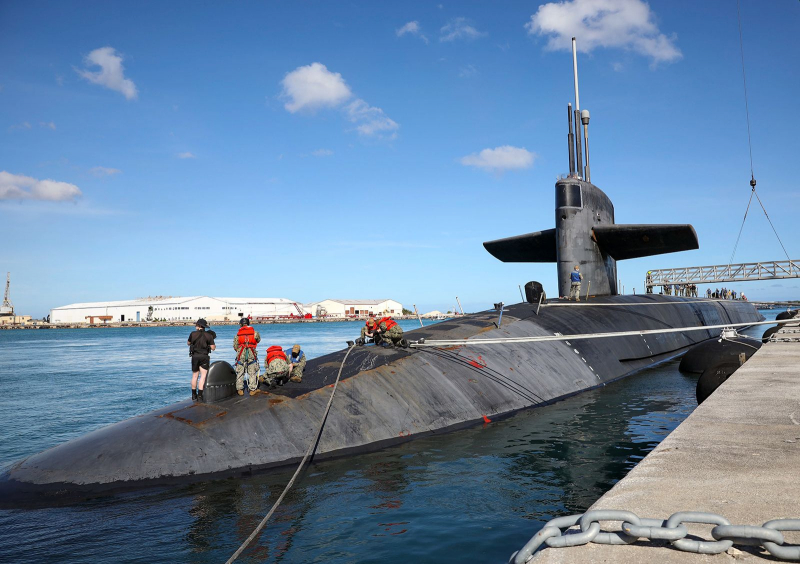
https://www.google.com/ -
You may therefore imagine what a nuclear submarine might be valued in terms of trade, given what you know about what it might cost. Sometimes, especially with older military surplus products, these things do occur. A nation might want to sell some of its outdated products to another nation that lacks the capacity to create them on par of newer, better technology. Russia attempted to accomplish this in a deal with New Zealand.
However, the agreement in question did not involve New Zealand's desire to purchase older nuclear submarines from Russia. Instead, Russia was attempting to settle a loan. New Zealand had been providing dairy to the Soviet Union prior to the fall of the Soviet Union during the Cold War. They owed the Kiwis $100 million by 1993. Russia offered trade in place of payment in an effort to pay their enormous cheese bill. They offered a nuclear submarine and two fighter jets. Since New Zealand is vehemently opposed to nuclear power, it should come as no surprise that the offer was rejected.
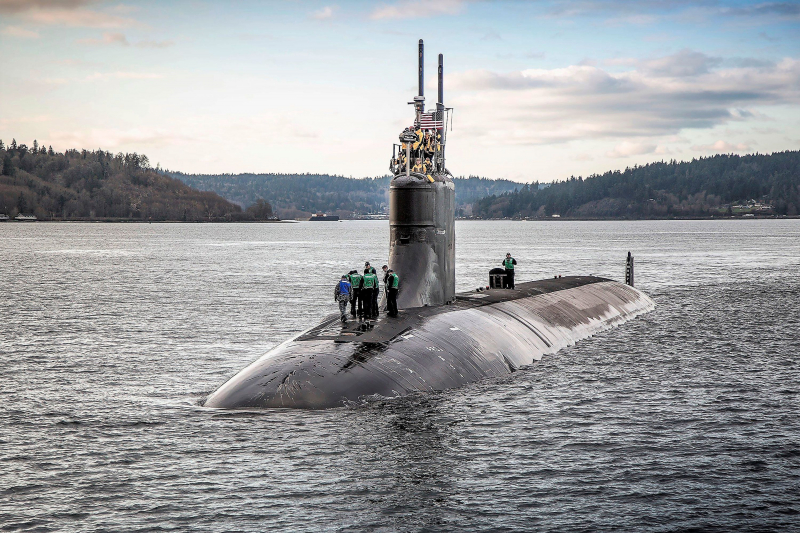
https://www.google.com 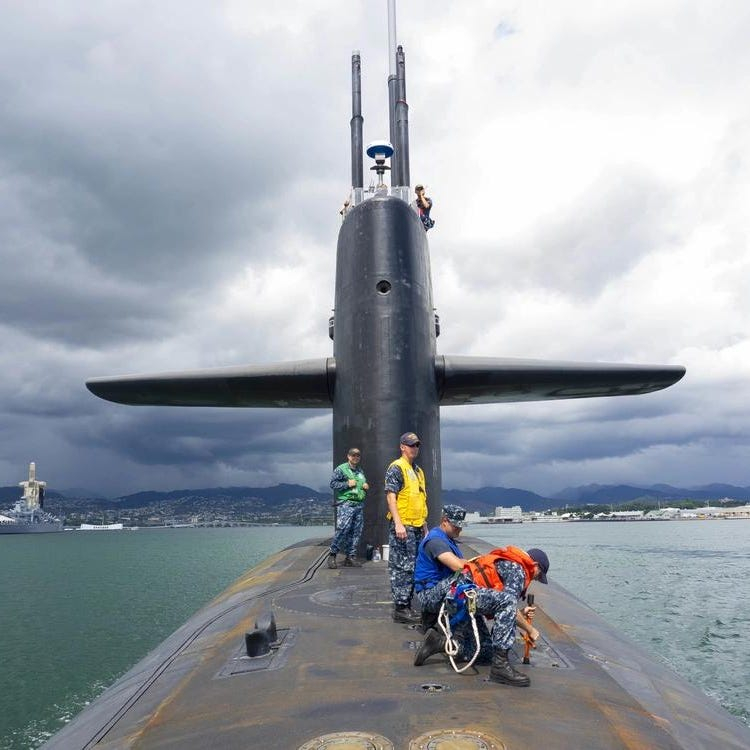
https://www.google.com/ -
It is more difficult than you may imagine determining the exact depth to which a submarine can sink. The crush depth of a sub is typically a well-kept secret among international military. Moreover, if you can guess why. Any country wants to keep their potential foes guessing about their travel routes and travel times. However, there are some general truths concerning how far a submarine can travel.
The crush depth of several US nuclear subs is thought to be between 2,400 and 3,000 feet. These devices are constructed from HY-80 tensile steel. The ability to dive deeper is provided by newer subs constructed of HY-100 and some Russian subs composed of titanium. What depth? The Russian-built Komsomolets, which could dive to a depth of 4,265 feet, is the deepest diving submarine we are aware of. Other research vessels exist that can travel deeper, but they lack nuclear power.
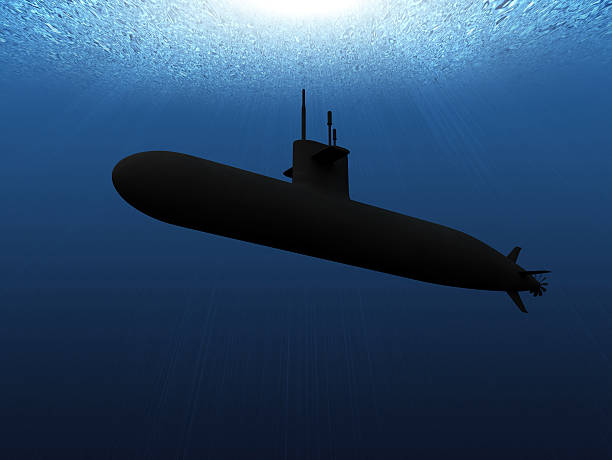
https://www.google.com/ 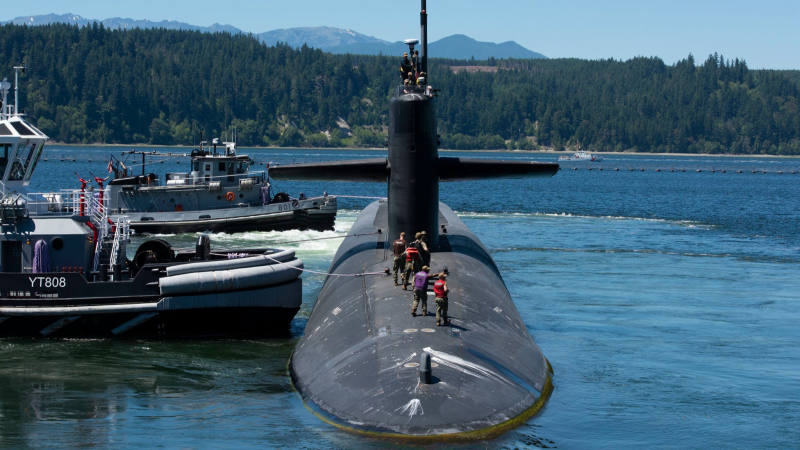
https://www.google.com/ -
Traditional diesel-powered submarines can only stay submerged for a short period of time. At most, they can submerge themselves for a few days. Nuclear submarines, however, have a substantial advantage in this area. A submarine can only remain submerged for as long as its supplies will allow. In light of this, the majority of nuclear submarines can survive underwater for 90 days without ever coming to the surface. As long as the crew has access to food and water, which is typically just for three months, everything will be fine because they create their own air. But what if there were no shortage of supplies?
A nuclear submarine may potentially spend years underwater instead of merely months. In reality, if necessary, the UK's Astute nuclear submarine can remain submerged for up to 25 years. It has a 10-year increase over earlier models in the amount of time it can travel before needing to worry about fuelling. The crew might theoretically live decades under the water if resources were limited and a sizable garden was growing there. Is it plausible? In no way. But it's still conceivable.
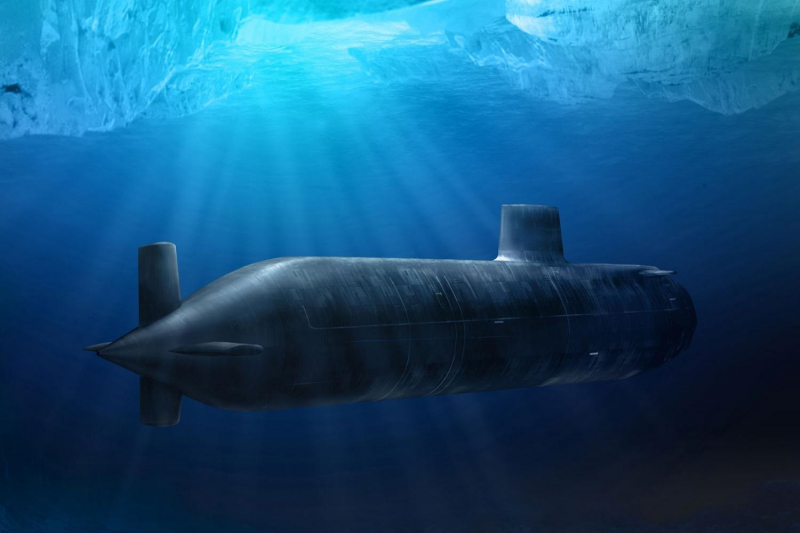
https://www.google.com/ 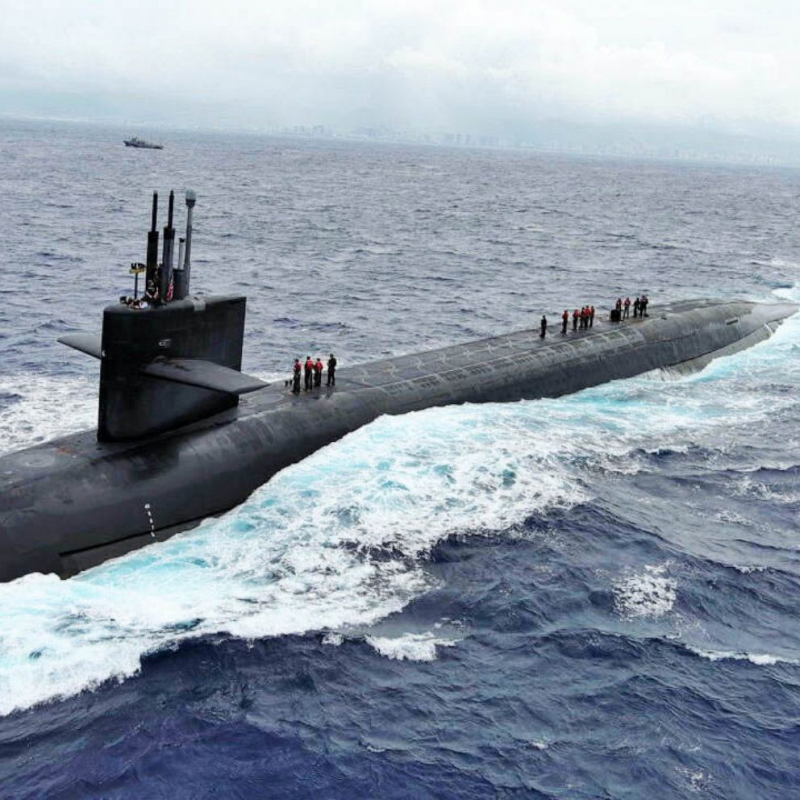
https://www.google.com/


























